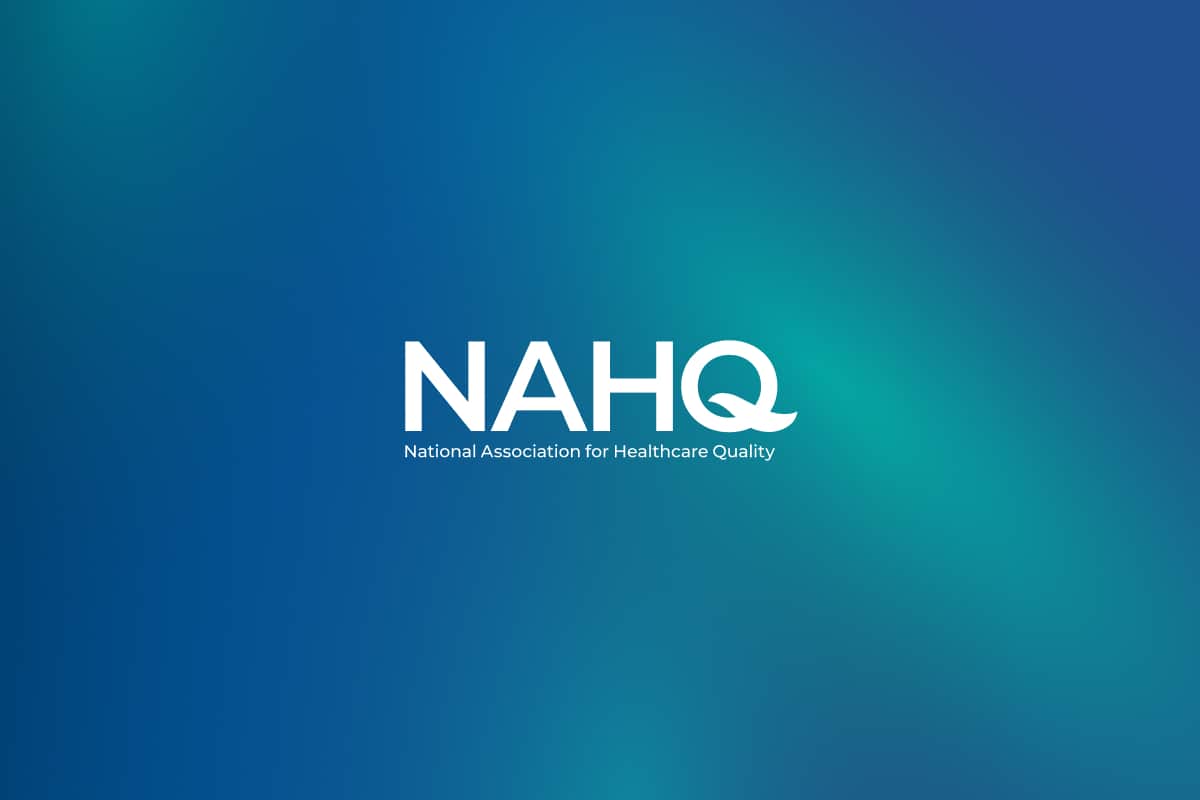Strong values are the foundation of our organizations and our people. In our industry, we speak about value-based healthcare and having a value-based culture. In our current healthcare environment, value can be defined as the measured improvement in a person’s health outcomes for the cost of achieving that improvement. The overarching goal is bringing more value to the patient. But what is your value to the leaders in your organization? How do you present your core values, the qualities that represent your highest priorities and the skills that you offer to the team?
For me, it was a journey of continuing education – becoming a certified instructor in root cause analysis through TapRoot and completing Six Sigma Master Black Belt training as part of my ongoing commitment to analyzing and reducing errors. This pursuit brought significant value to my role as director of quality/performance improvement at Southcoast Health System, and then I earned my Certified Professional in Healthcare Quality® (CPHQ) certification in 2014.
At the time, I was the administrative director of operational excellence at Lifespan. My CPHQ demonstrated to organizational leaders and the rest of the team that I had specific healthcare quality skills and knowledge that made a difference across the care continuum. NAHQ’s research confirms that CPHQs work at higher levels of competency compared with non-CPHQs in all eight domains of NAHQ’s Healthcare Quality Competency Framework. They also aspire to be thought leaders within the healthcare quality arena and are more likely to hold higher job titles than those who do not have the CPHQ.
Today, I serve as Lifespan’s vice president of quality and safety, an organization that is working with NAHQ on a journey to totally transform our quality structures and processes, as well as elevating the competencies of our healthcare quality workforce.
The value of the workforce is the key to this initiative. Lifespan relied on NAHQ to specify the advanced quality competencies essential to becoming a subject matter expert. It was an opportunity to use these industry-elevating competencies to really help inform the workforce that we had just started developing. We had our position descriptions, but now we had something we could use to help better define the skills and competencies that our workforce had to acquire or possess.
To support the transition, Lifespan provided extensive education and training to help its quality workforce master necessary competencies and meet heightened requirements, including training in Six Sigma, TapRoot root-cause analysis, Failure Modes and Effects Analysis, plus certifying as a Lean Green Belt.
If you are a healthcare quality and safety professional with an opportunity to get involved with an improvement initiative at your organization, step forward and show your value! Your enthusiasm for the profession, your team, and willingness to learn will go far.
Take advantage of certifications and continuing education along the course of your career. Leaders will take notice and NAHQ is here to help! A great learning opportunity is our virtual event NAHQ Next, designed to provide you with new solutions and ideas – SAVE THE DATE: September 11-13, 2023. You can also check out NAHQ.org for CPHQ or team training information or contact info@nahq.org.
Nidia Williams, PhD, MBB, CPHQ, FNAHQ
NAHQ President
Related Content
Healthcare Quality Solutions – Ready Your Workforce for Quality
As CEO of NAHQ, Stephanie Mercado spends a lot of ...
Read MoreThe Mathematics Behind Successful Leadership
As we all develop as leaders, it is worth noting t...
Read MoreLeadership in a Value-Focused Healthcare System
Healthcare is constantly evolving. If you want to ...
Read More
